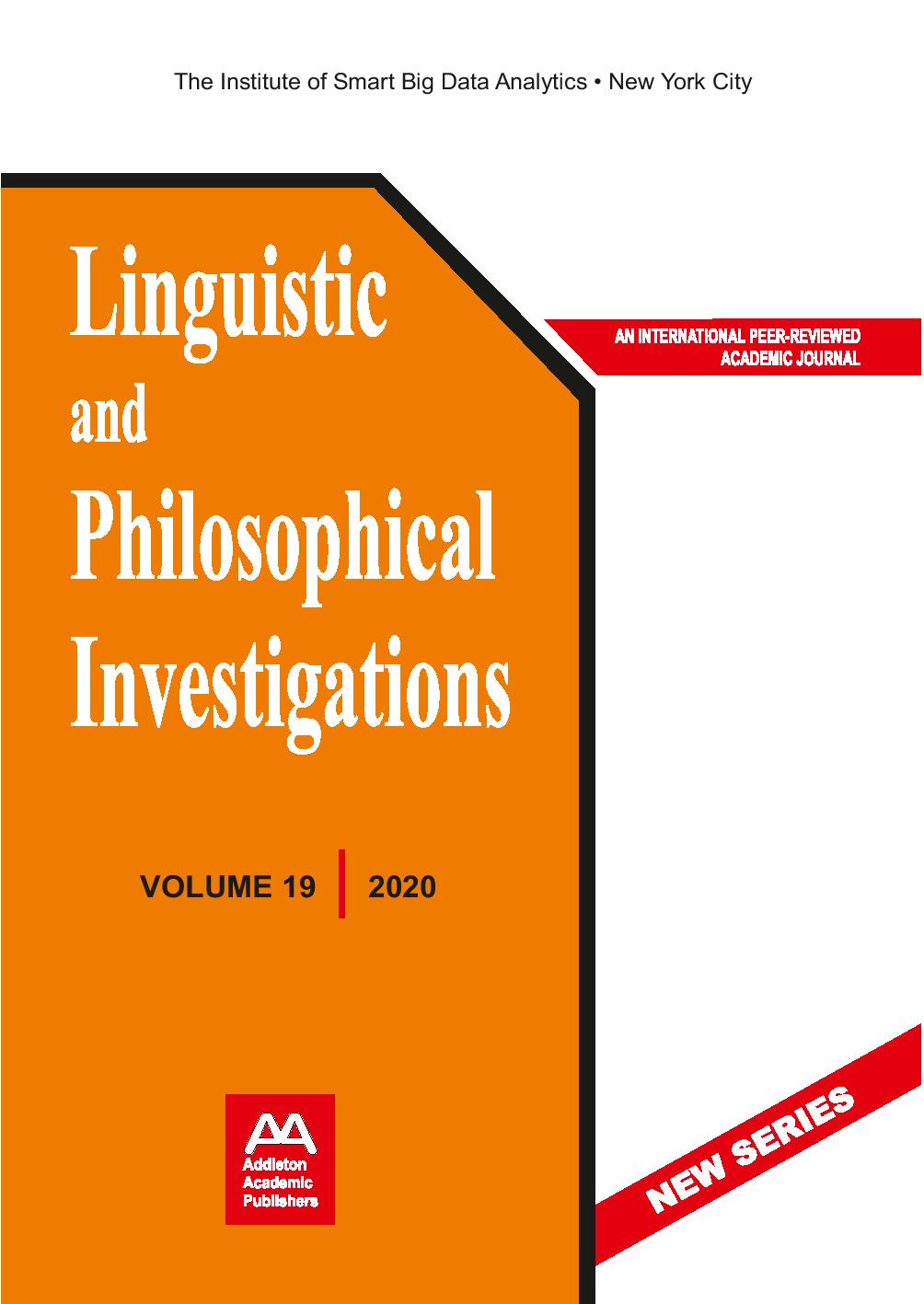EXTERNALIZING INPUTS WITH OSTENSION SCHEMES
EXTERNALIZING INPUTS WITH OSTENSION SCHEMES
Author(s): TOM WERNERSubject(s): Semiotics / Semiology, Semantics, Philosophy of Language
Published by: Addleton Academic Publishers
Keywords: ostension; monolingual elicitation; linguistic meaning; information flow; arbitrariness of linguistic sign;
Summary/Abstract: In this paper, I explore theoretical foundations for an instrument I have developed for the monolingual elicitation of natural language and for its ostension, allowing me to approach core issues in linguistic and the philosophy of language in practical and concrete terms (Werner and Olesova, 2015; Werner, 2017). Monolingual elicitation of natural language, as well as its ostension, necessarily couples linguistic utterances with information flow, given the arbitrariness of the linguistic sign. The instrument I have been developing for these purposes, the ostension scheme, couples sentences from a target language with information flow along multiple channels. Ostension schemes are matrices, with each row (introduced by a picture) representing a channel of information and each column (headed by an elicited sentence) representing information shared across channels. Each column therefore externalizes the input for the sentence which heads it. Linguistic meaning is what connects forms within the sentence with information in the input, rendering the basic sentence as the unit of information in language. Because ostension schemes externalize the input of an utterance, the meaning of the utterance can be recovered. Similar sentences can be compared, helping to identify individual parts and their meaning. The account of interaction between information and linguistic meaning generalizes to an explanation of veridical sentences and fictitious ones. These sentence varieties will be argued to have similar inputs, the difference in status coming down to the value assigned to a source variable in the input. The source variable is constrained by the linguistic forms. If that variable has an actual value, the sentence is rendered true or false. If the value is virtual, the sentence is merely fictitious. With no value for the source variable at all, the sentence appears under mention. Sentences elicited for ostension schemes are a special case of sentences under mention, made especially transparent given their placement within the scheme. In this way, the practical issues of monolingual elicitation and ostension of natural language offer new perspectives on certain longstanding foundational issues.
Journal: Linguistic and Philosophical Investigations
- Issue Year: 2020
- Issue No: 19
- Page Range: 7-49
- Page Count: 43
- Language: English
- Content File-PDF

